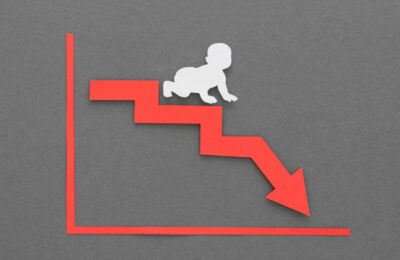Bile duct cancer, also known as cholangiocarcinoma, is a relatively rare disease that affects a small percentage of the population. It is a malignant form of cancer that grows and spreads uncontrollably. The prognosis and life expectancy for bile duct cancer patients depend on several factors, including the site and stage of the cancer at diagnosis. However, advancements in treatment options have provided hope for improved survival rates and longer lives for individuals diagnosed with bile duct cancer.

Understanding Bile Duct Cancer
The bile duct is a component of the biliary tract, connecting the liver, gallbladder, and small intestine. Bile duct cancer arises within this network of tubes and can be categorized into three main types: intrahepatic bile duct cancer, perihilar bile duct cancer, and distal bile duct cancer. These cancers develop in different locations along the biliary tract, and they are often referred to as cholangiocarcinomas, as they originate from the cells lining the inside of the bile duct.
Staging Bile Duct Cancer
Bile duct cancers are classified into stages to determine the extent of the disease and guide treatment decisions. The stage of the cancer indicates whether it has spread beyond its initial location. Early-stage cancers generally respond better to treatment, but there are still treatment options available for later-stage bile duct cancer. The stages of bile duct cancer are as follows:
- Stage 0: Cancer is confined to the cells lining the inside of the bile duct and has not spread outside.
- Stage 1: Cancer has started to grow into the wall of the bile duct but has not spread to nearby tissues or lymph nodes.
- Stage 2: Cancer may have spread to nearby tissues or continued to grow larger, but it has not spread to distant sites.
- Stage 3: Tumors are larger and may have invaded nearby lymph nodes or blood vessels but have not spread to distant parts of the body.
- Stage 4: Cancer has spread to distant organs, such as the lungs, indicating the most advanced stage of the disease.
Life Expectancy and Prognosis
Upon diagnosis, doctors assess the stage of bile duct cancer to determine the patient’s prognosis. The outlook is influenced by factors such as age, overall health, and treatment plan. It is important to note that advancements in treatments and the development of new technologies and medications have led to improved survival rates for various types of cancer, including bile duct cancer.
Generally, the prognosis is more favorable when the cancer has not spread beyond its initial location. The 5-year survival rates for bile duct cancer are lower compared to other forms of cancer. These rates represent the average percentage of individuals who are alive five years after diagnosis or the start of treatment. For bile duct cancers occurring within the liver’s tubes without spread, the 5-year survival rate is around 24%. For bile duct cancers occurring outside the liver, the rate is approximately 17%. It is crucial to remember that these survival rates are based on past experiences and as treatments continue to advance, these numbers are likely to change. Additionally, each individual’s journey with bile duct cancer is unique.
Conclusion: Bile duct cancer is a rare condition, and prognosis is generally more favorable if the cancer has not spread beyond its initial location. However, with advancements in surgical techniques, immunotherapy, and targeted therapies, more individuals are experiencing longer lives. It is essential to consult with a healthcare provider to understand your specific prognosis and discuss treatment options. Remember, research and medical advancements continue to evolve, providing hope for improved outcomes for those diagnosed with bile duct cancer.



